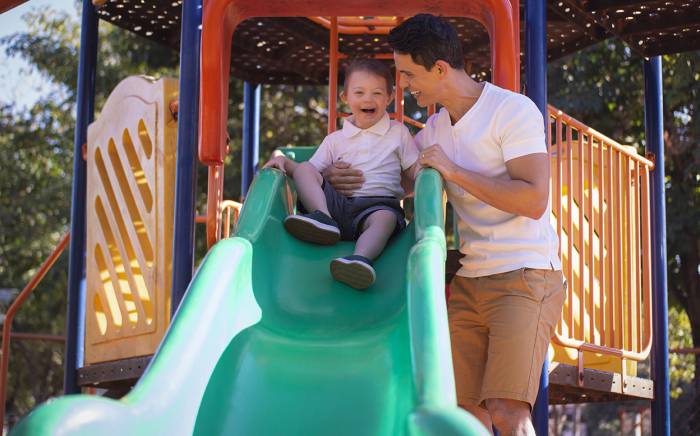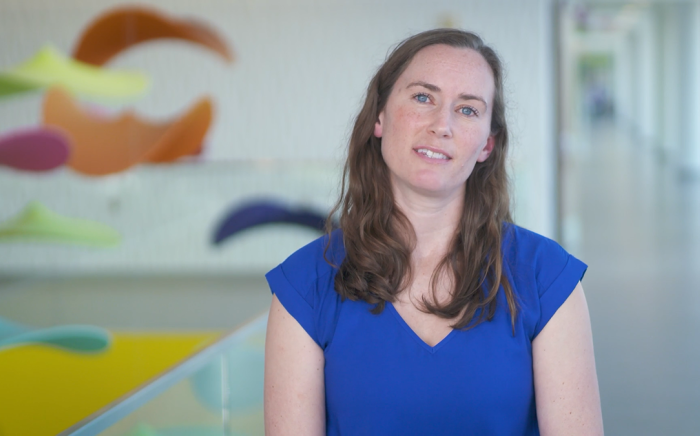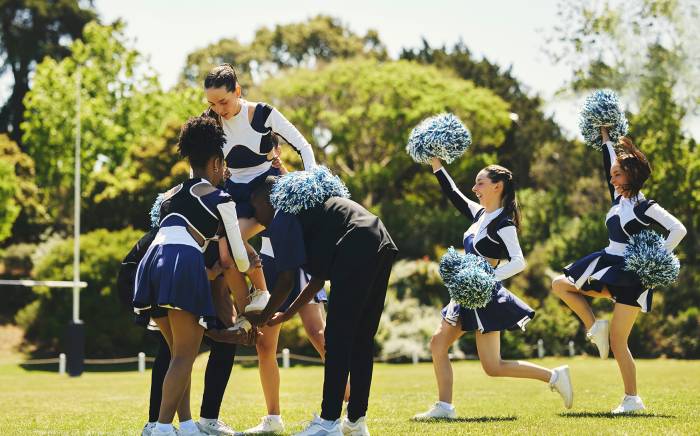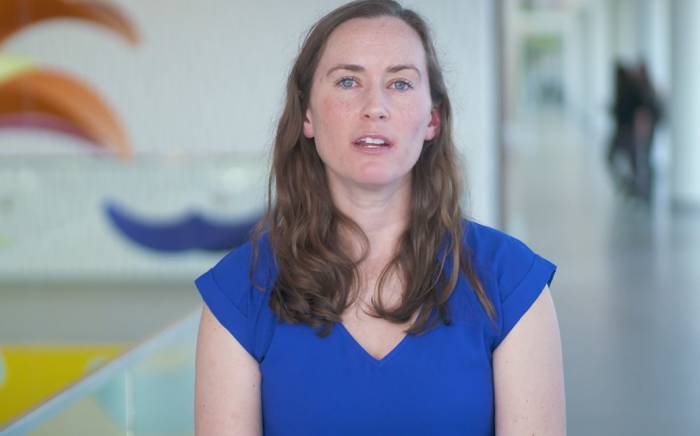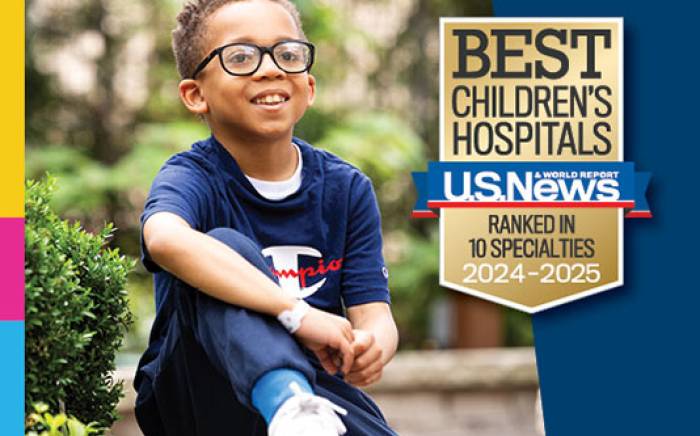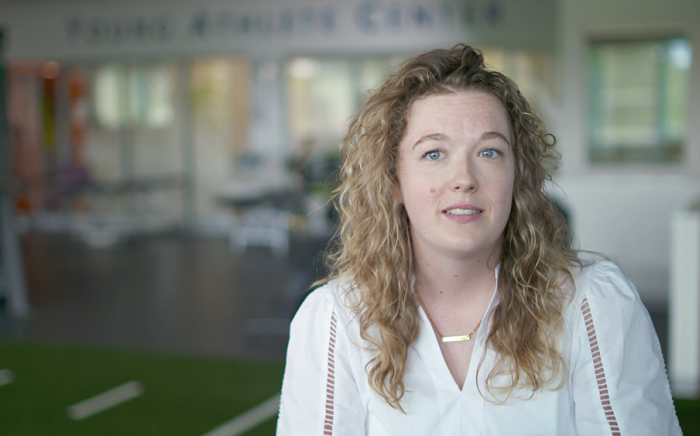Unlike adults, children’s bones are continuously growing and require specialized care from pediatric orthopedists.
A twisted ankle may mean quality time with an icepack for the average adult. Children, however, might wind up with a serious injury to one or more of their growth plates in the same situation. Growth plates tend to remain active in girls until about 14 years old and in boys up to 16 years old.
“These are areas where growth takes place and bones get longer,” says Mark Miller, MD, a Washington University pediatric orthopedic specialist at St. Louis Children’s Hospital. “Growth plates are more susceptible to injury because they’re made of cartilage, which isn’t as strong as solid bone that has finished growing.”
Pediatric orthopedic specialists are trained to think about a child’s growth when treating fractures and other injuries. Though some growth plate fractures are relatively harmless to a child’s development, others may need specialized care if they stunt the bone’s growth.
“We identify growth problems early to determine a plan of action,” Dr. Miller says. “Our goal is to fix fractures and get children back to what they love doing, whether that’s sports or another activity.”
Because no two fractures are the same, pediatric orthopedic specialists work with physical therapists, neurologists and other specialists to make sure every child receives the care they need.
St. Louis Children’s Hospital has the most pediatric orthopedic specialists in the area. Call 800.678.5437 to make an appointment.

